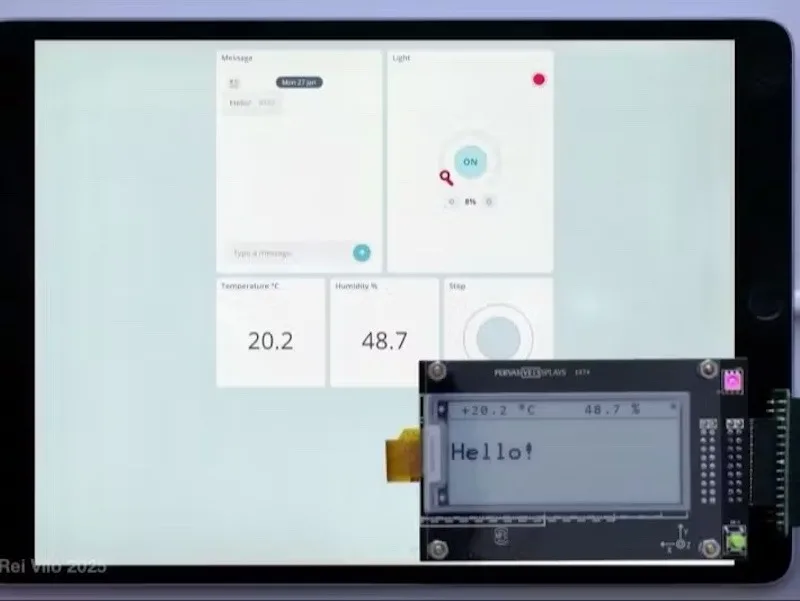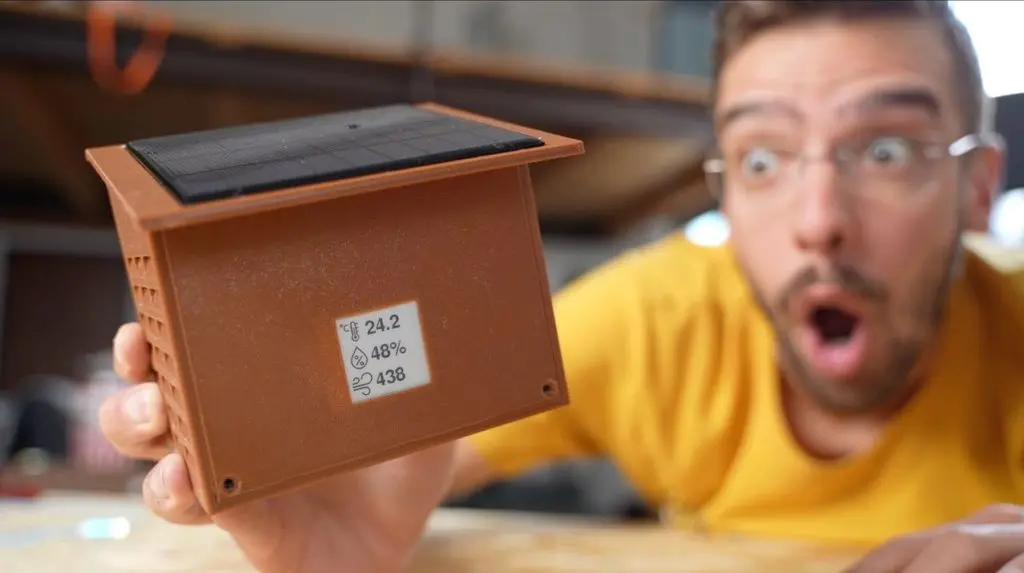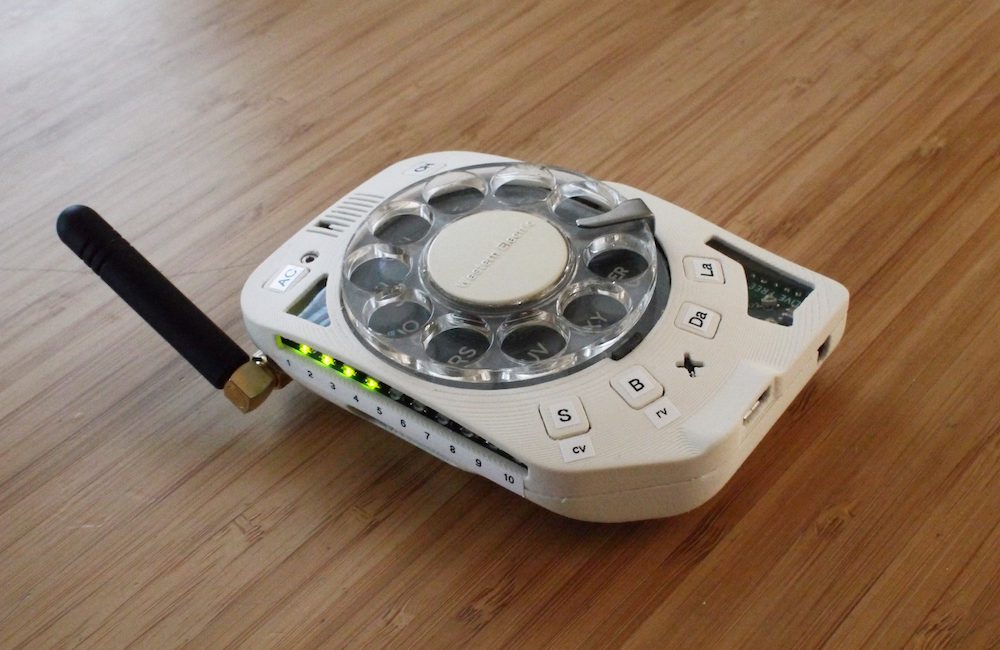Schlagwort: e-ink
-

Build an e-paper weather display and message board using Arduino Cloud
Reading Time: 2 minutesIf you haven’t yet experimented with the Arduino Cloud, then you may not be aware of how powerful it is for Internet of Things (IoT) applications. Using the service and its online tools, you can quickly build and deploy smart IoT devices — often with little or no custom code required. Rei…
-

Celebrating Earth Day with a solar-powered E Ink weather station
Reading Time: 2 minutesThe world just recognized Earth Day and it was a good reminder that we all have a responsibility to protect the planet. Unfortunately, many of our devices suck up energy in direct opposition to that goal. But the market has proven that we aren’t willing to sacrifice convenience. Luckily, that isn’t always…
-

This retro-looking rotary cellphone is free of modern-day distractions
Reading Time: 2 minutesThis retro-looking rotary cellphone is free of modern-day distractions Arduino Team — February 13th, 2020 What we carry today in our pockets is nominally called a “phone,” but more often than not we’re using it to do various other computing tasks. Justine Haupt, however, wanted an actual phone that “goes as far from…
-

Pulling shower thoughts from Reddit for a Raspberry Pi e-paper display
Reading Time: 2 minutesThe Reddit users among you may already be aware of the Shower Thoughts subreddit. For those of you who aren’t, Shower Thoughts is where people go to post the random epiphanies they’ve had about life, the universe, and everything. For example: YouTuber ACROBOTIC is a fan of the Shower Thoughts subreddit. So much…
-

Using E Ink displays with a Raspberry Pi
Reading Time: 4 minutesAre you interested in using an E Ink display in your next Raspberry Pi project? Let us help you get started! Weather and new display using a Raspberry Pi Zero and Kindle e-reader by Luke Haas E Ink displays E Ink displays are accessible, they don’t need a lot of power, and…




